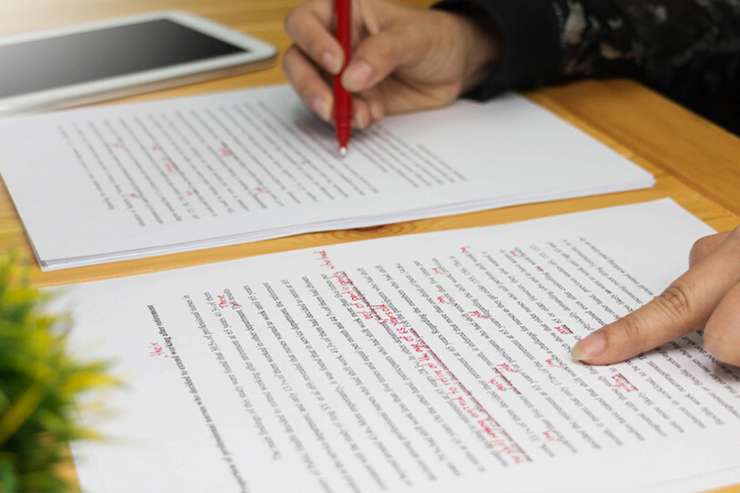Home Documentation Rectification Deed

Rectification Deed
Table of Contents
ToggleA rectification deed, sometimes called a correction deed, is a legal document that is used to amend factual information on a property document that has already been filed. It is created with the permission of the principal deed's two parties.

When Should a Rectification Deed Be Issued?
When the owner details or the property details are recorded incorrectly on
the original deed document, a rectification deed is produced. Correcting inaccurate
information or factual mistakes, such as spelling mistakes, typographical flaws in
property descriptions, or miscalculated survey numbers, is the goal of rectification deeds.
Rectification deeds, however, cannot correct jurisdictional errors like choosing the incorrect
sub-registrar office or legal errors like incorrect stamp duty costs.
Only when there is a genuine factual error that does not accurately reflect the intentions of the parties to the deed, when the error is coincidental, and when all parties agree that the principal deed should be changed for rectification are rectification deeds applicable.
The relevant rectification deed must be registered with the sub-registrar if the primary property document is registered or is scheduled for registration, as per Section 17 of the Indian Registration Act of 1908.
To submit a rectification deed for registration:
A rectification deed must be written by both parties, and both parties must go to the sub-registrar office where the original deed was registered.
On the website of the Revenue Department, an appointment can be scheduled with the relevant sub-registrar.
With the relevant documentation, including information on the parties engaged in the transaction, errors that need to be fixed, and the stamp duty fees linked with the rectification deed, an application for rectification on the original deed must be made.
